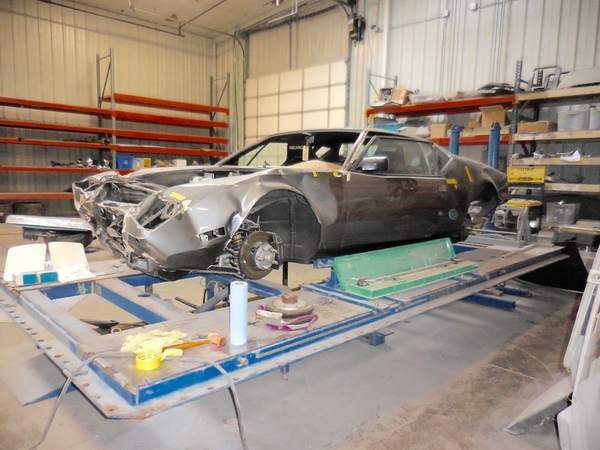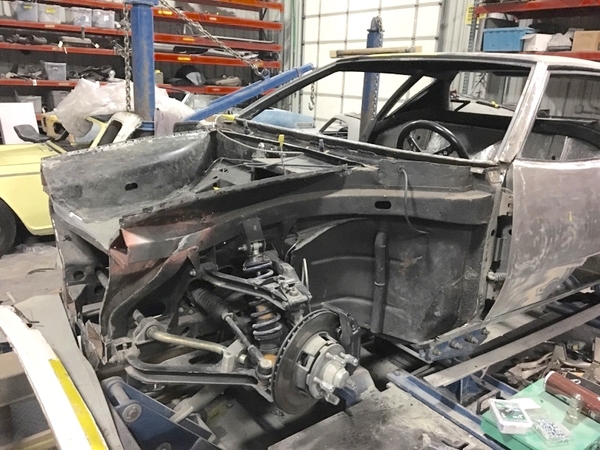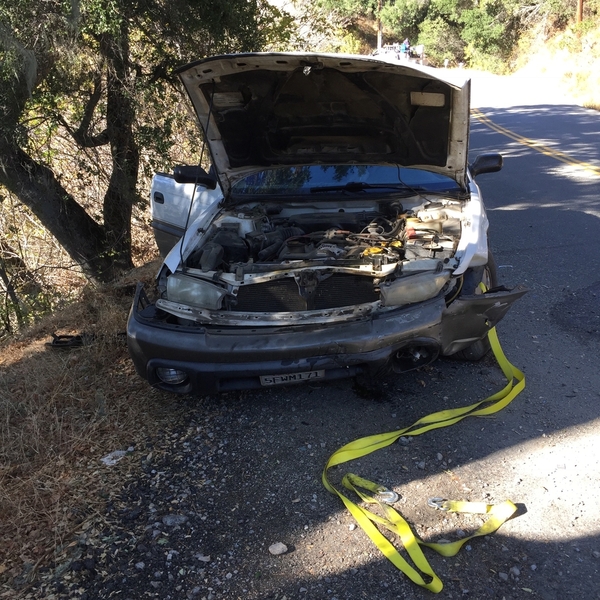Sure it can be done, and done well but the shop has to be willing to tie up it's machine for maybe months.
The other thing is at some point the sheet metal gets work hardened which is not a good thing to want.
What compounds the issue is that at some point the Detomaso factory, Vignale, or where the car was bucked had to repair their own jig. Some have noticed that the spacing of the tire to the fender lip varies from driver's side to passenger side when turning the steering wheel from left to right or vise versa. That is the result of the repaired jig not being right on after the "factory" repaired it.
Back then lazers weren't used and it had to be done by tape measures and t-squares.
Jigs fabricated from welded steel components can wear out and can twist and bend just a bit after hundreds or thousands of chassis are bucked on them.
The jig I saw of one brand of Pro Stock Camaro was built on a 1" thick steel plate which alone weighed in the tons. The entire chassis had to be built on it including the cage which was part of the chassis.
Resetting the Pantera's now on the shops chassis jig possibly could correct that and the car could be better then when built.
I'm not sure what originally was off but likely it was slightly non-parallel kinked to the left in front but that is speculation without looking at the original jig and measuring it. That likely got scrapped when Ford bought out Vignale and closed it down entirely and dismantled it.
Apparently there was major bad blood between those two parties at the time?
The big frustration is that the car needs to sit on the shops machine while setting the front sheet metal to get even spacing and still might need to be stretched or compressed to get it right. That just requires good sheetmetal to begin with and lots of patience from the mechanics.
Having the roof 1/2" higher is my point of the chassis being not only bent to the side or compressed, but seemingly on the Panteras, bent up. That shows on the doors but possibly also on the rear of the car where the decklid is aligned.
Compounding the issue, who's to say if the rear decklid isn't warped a bit as well from age and the deck lid lift pressure.
Getting this car "straight" is an art form rather then a science.
What is surprising to me though is how well the crash-ability of the original is to absorbing the impact like an accordion. The front end impacts are all very similar but to me, forget about getting out the wrinkles in the sheet metal. There isn't anywhere that you can hide them, unlike a Mustang of the era which has wrinkles in the original substructure sheet metal new.
The Pantera's problem is that the original sheet metal work was too good. Not every shop is going to want to do this work.
In the '70s I saw quite a few (35-40'ish) Panteras that were just scrapped with damage like this and there were more then a few "parts cars" around. I don't think repairing them to this degree was ever a serious consideration at the time?
Larry, I thought that you hit a dear with yours?







